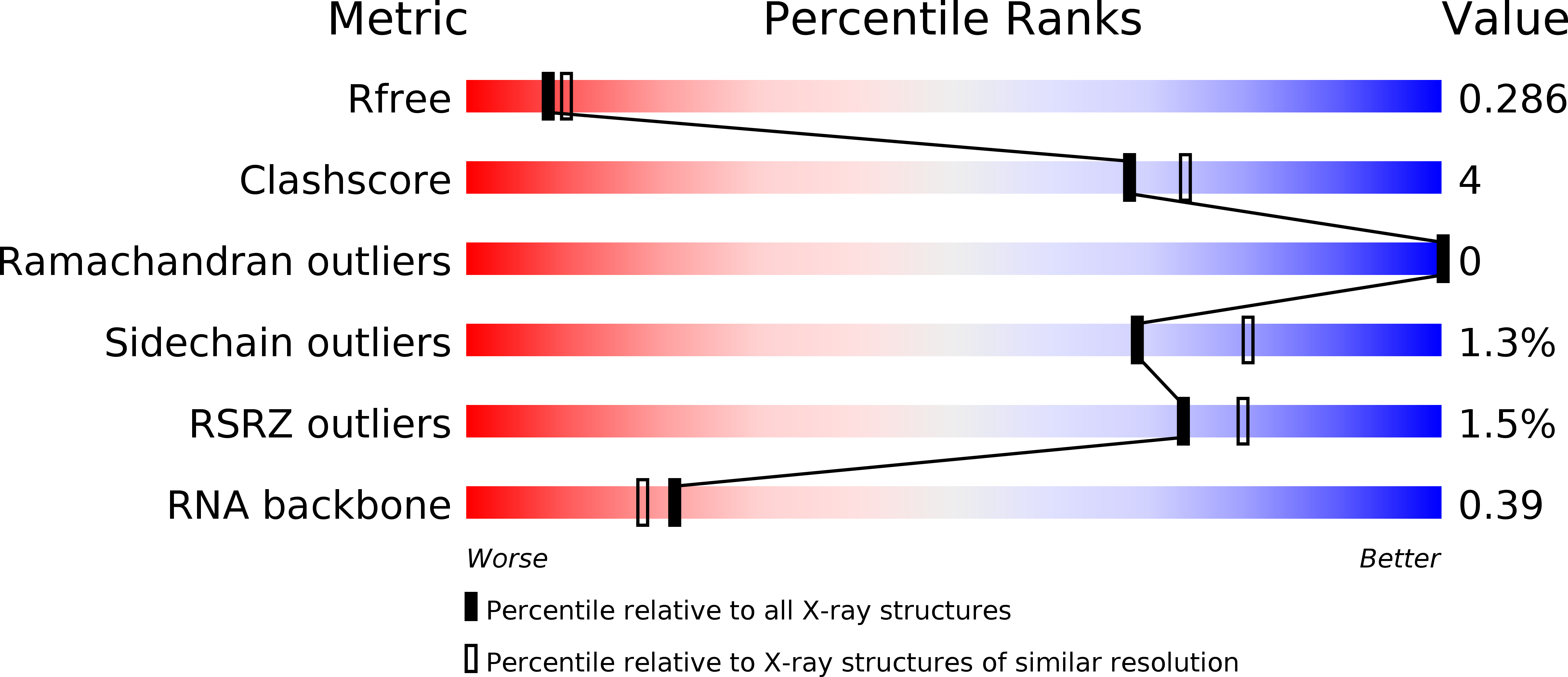
Deposition Date
2019-01-16
Release Date
2019-01-30
Last Version Date
2024-03-13
Entry Detail
PDB ID:
6NOD
Keywords:
Title:
Crystal structure of C. elegans PUF-8 in complex with RNA
Biological Source:
Source Organism:
Caenorhabditis elegans (Taxon ID: 6239)
Host Organism:
Method Details:
Experimental Method:
Resolution:
2.55 Å
R-Value Free:
0.28
R-Value Work:
0.22
R-Value Observed:
0.23
Space Group:
C 1 2 1


